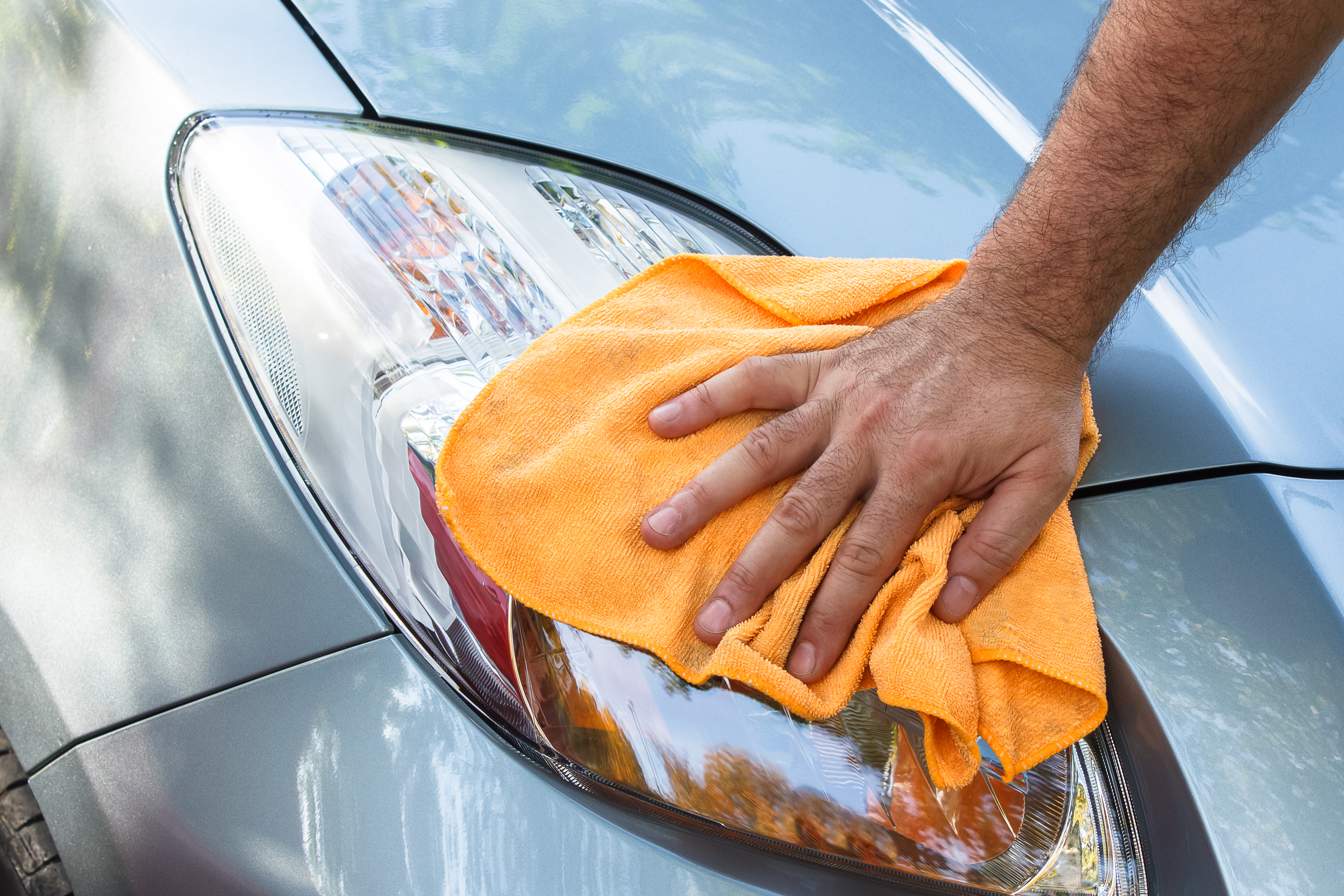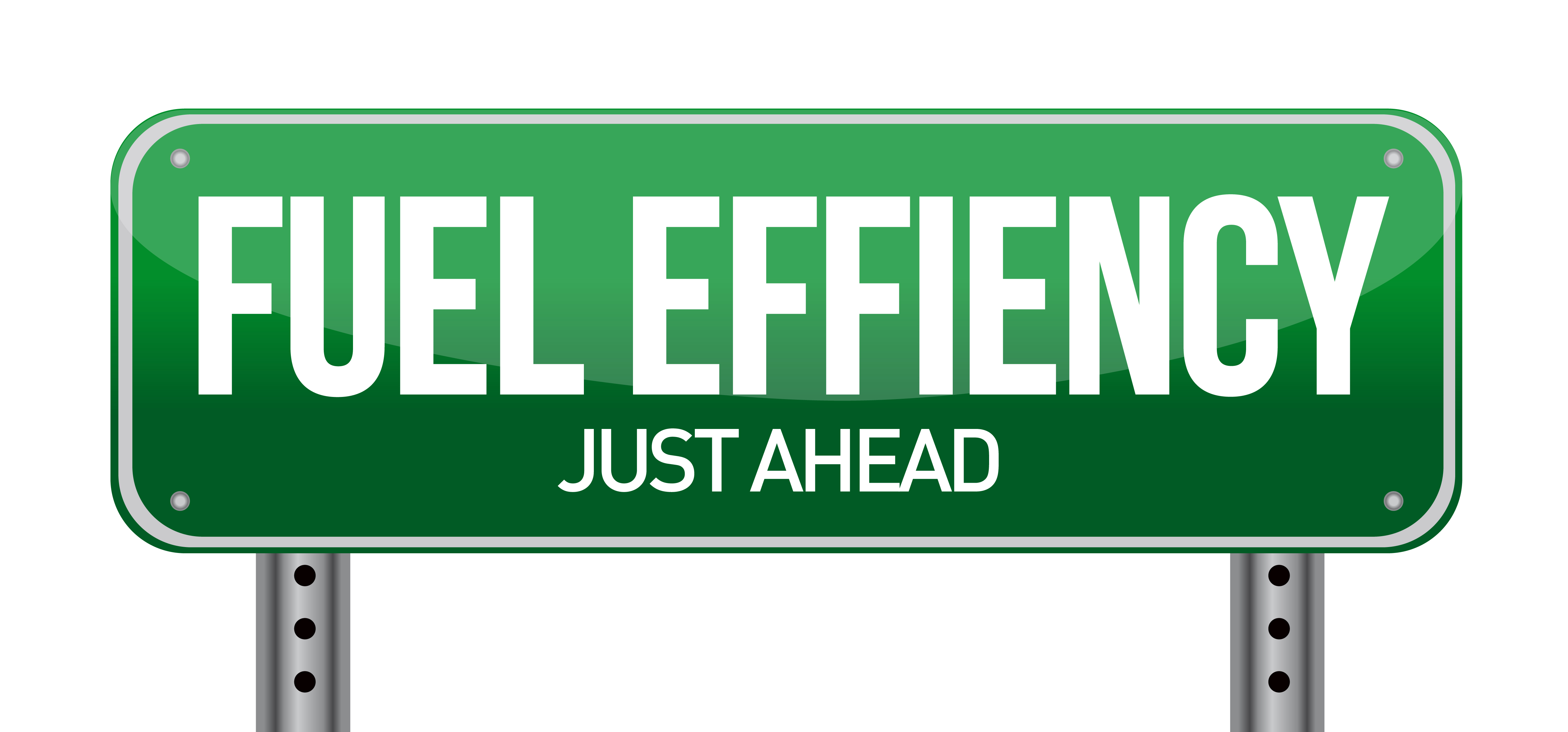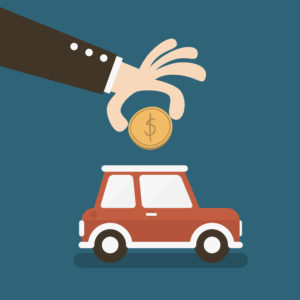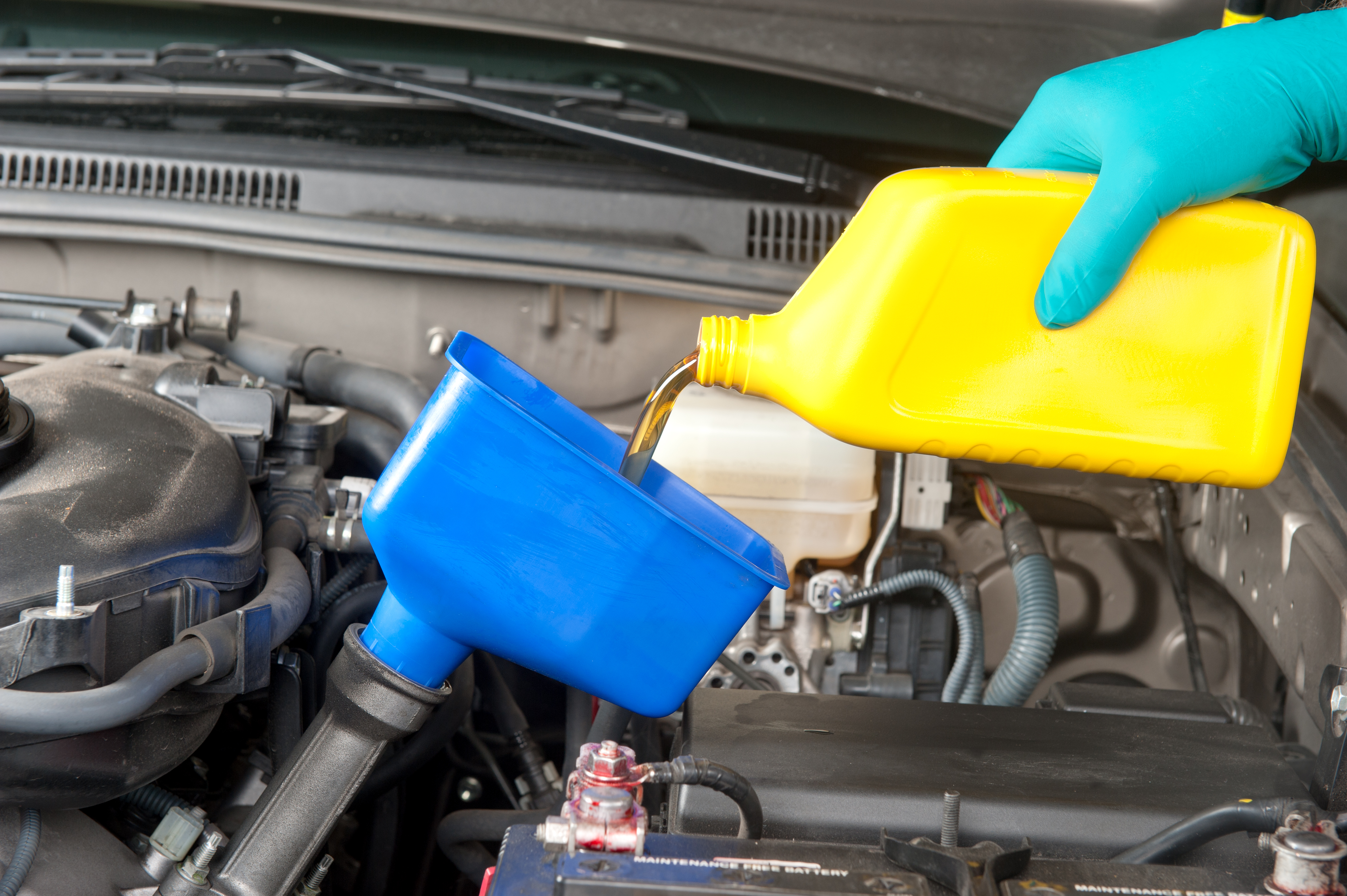The Meaning of Gap Insurance
Who Needs Gap Insurance
Gap insurance is recommended for buyers who finance a new car with less than 20 percent down or who fold a balance left over from a previous car loan into the new loan. Buyers who finance a new vehicle for more than 72 months may also need gap insurance, as well as buyers who buy any vehicle that depreciates rapidly. Gap insurance may be required for buyers who lease a new car. In all of these situations the buyer is likely to owe more on the financing for the first several years than the cash value of the vehicle, a condition also known as being "upside down."
How Gap Insurance Works
Gap coverage pays out the difference between what is owed on a vehicle and what the car is worth in the event of a total loss. For example, if a car totaled in the first year is worth $17,000 but is financed for $21,000, gap coverage will pay out the difference of $4,000. This enables the policyholder to pay off the loan or lease. Since monthly lease payments tend to be lower than loan payments, lease agreements often require gap coverage or else include it in the lease contract. Gap coverage is available on new and pre-certified used cars for up to eight years, but is rarely needed after the first two years. As soon as the amount financed is less than the actual cash value of a vehicle, you can safely drop gap coverage.
Gap Waivers
Some auto loans or leases come with a clause known as a gap waiver. It states that in the event of a total loss the dealer or financial institution waives the difference between what is owed on the vehicle and what the buyer's insurance policy pays out as the actual cash value. Dealers and financial institutions sometimes include gap waivers in contracts, especially leases, to encourage people to buy. Any gap waiver should be backed by an actual gap insurance policy, and the buyer has a right to ask for a copy of this policy before signing a lease or loan. In effect, the dealer or financial institution offering the gap waiver is paying the cost of the gap insurance, not the buyer.
Replacement Cost Coverage
Insurance companies offer replacement cost coverage for all new vehicles during the first year. Replacement cost coverage can be beneficial, but it is not the same thing as gap insurance. Replacement cost coverage can still leave a buyer with an unpaid loan balance if his car is totaled during the first year. For instance, if a new car is totaled in the first year of financing, the car might be easily replaced with a newer used car for less than the amount left on the loan. This amount may be higher than actual cash value of the car but lower than the actual loan balance. The insurance company has technically fulfilled its promise of replacement cost coverage but the policyholder is still left short of the full amount needed for payoff.
Where to Purchase Gap Insurance
You can buy gap insurance through any licensed insurance agent or through the financial institution offering the loan or lease. A few major auto insurers do not offer gap coverage, but the coverage can still be added to a standard auto policy even if it is purchased through a bank, loan company, or dealership. Pricing on gap insurance varies, but it is generally relatively inexpensive. A common pricing arrangement charges a set dollar amount per $1,000 of gap coverage. You buy gap insurance for a renewable term of six months or one year, or it may be built into the duration of a loan or lease contract. Call an insurance agent to bind gap coverage before driving a new car off the lot.
Quick Money Savings Tip For Safe Drivers
There are dozens of auto insurers – Which one will give you the best rate?
Step 1) Choose your vehicle make below.
Step 2) On the next page, complete the 4 minute questionnaire, and you'll have the opportunity compare the best rates in your area.
Step 3) Keep more money and possibly save hundreds!










